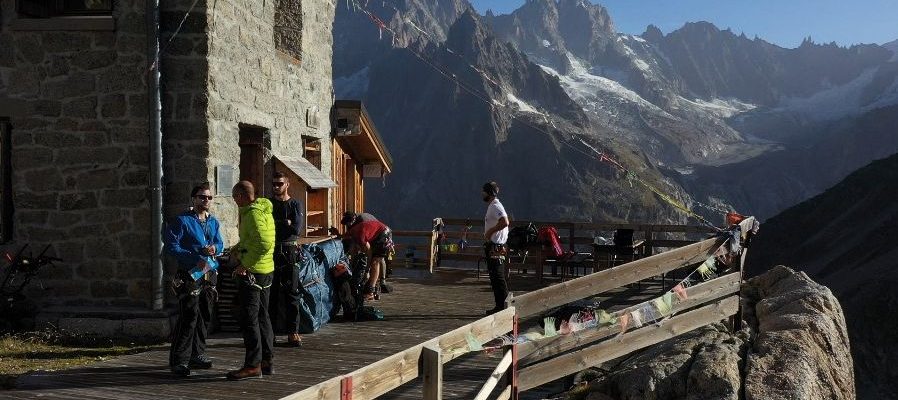“It has become a nightmare on the TMB.” Géraldine, who has just completed her third tour of Mont Blanc, readily admits this. The first thing she does when she arrives at a shelter is to check for bedbugs by “lifting the mattress” and “looking at the pillowcase.” “We know that it passes from trekker to trekker,” she argues. Everybody talks about it. It’s even THE evening discussion at each stopover. »
“Sometimes I gave up on the idea of going to a shelter because I was scared. I preferred to sleep in lodges. The prices are higher but there is less risk of hitting bedbugs,” she continues.
“A lot of work up front”
For several weeks, the pesky idiots have been showing up everywhere, including in the National Assembly, to the point of being considered a real scourge and of taking the Covid-19 epidemic to the back burner. Enough to give mountain professionals a hard time. Carole, a refuge keeper on the Mont Blanc route, had the bitter experience of this. This year, a case was detected in one of its rooms. Very few considering the number of hikers welcomed throughout the season but you have to “check every day”. “It’s a lot of work up front. It takes a lot of energy not to have any,” she emphasizes.
In his shelter, the instructions are strict. Travelers are required to leave their backpack in a storage room. “When they go up to the dormitories, they should only take what they need, their sleeping things, their toothbrush. Everything else stays in the bag downstairs,” she explains. The pieces are regularly treated with steam, plastic grids are placed under the mattresses. Others put the sheets in the freezer for 72 hours because those devilish bedbugs hate the cold. “Unfortunately, we can’t always escape it,” Carole emphasizes.
“Shelters have the means to act quickly”
“An affected shelter means stress. These are “huge hassles” because we have to be able to get rid of them so that they don’t spread,” confirms Eric Thiolière, mountain guide who manages the website My tour of Mont Blanc. “This requires closing the contaminated dormitory or room, and also rehousing the hikers. If we close for two weeks, it’s a loss of income but that’s the least bad part. The worst: the enormous moral management, the stress, he says. It’s a real subject but it’s far from new. »
Twenty-eight shelters, grouped together within an association, took up the problem in 2017. A representative, trained by professionals, was designated to “break the taboo” to best support managers and coordinate actions. Everyone exchanges information on a WhatsApp group. “If we don’t talk about it, the problem increases because hikers are itinerant. So when one suspects or detects a case at home, he notifies the others. Then, we help him make the necessary arrangements,” explains Eric Thiolière.
On the website, information and recommendations for travelers have been placed at the top of the page, next to reservations. “Today, we have experience. Shelters can deal with the problem quickly; they have the means to act quickly. Bedbugs are a scourge but they are not a defect,” adds the guide, specifying that this year, only four cases were detected among the association’s lodges. “When we know that we welcome between 35,000 and 38,000 hikers per year, we are doing quite well,” he concludes.

